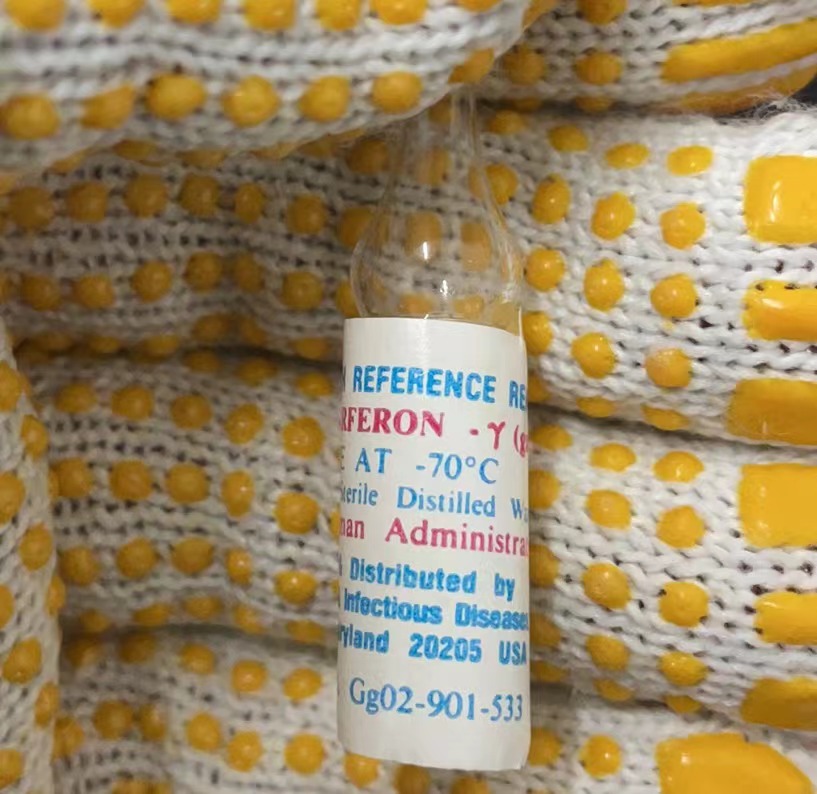NR-48500??Staphylococcus aureus subsp. aureus, JE2, Transposon Mutant NE1958 (SAUSA300_2361)(Mutant Bacteria)|Staphylococcus aureus subsp. aureus|JE2, Transposon Mutant NE1958 (SAUSA300_2361)| -60°C or colder|K Bayles, P Fey, NARSAAcknowledgment for publications should read “The following reagent was provided by the Network on Antimicrobial Resistance in Staphylococcus aureus (NARSA) for distribution by BEI Resources, NIAID, NIH: Staphylococcus aureus subsp. aureus, Strain JE2, Transposon Mutant NE1958 (SAUSA300_2361), NR-48500.”|Quantity limit per order for this item is 1. This item can be ordered twice a year. Orders over this limit will be sent to NIAID for approval before shipment.
Staphylococcus aureus (S. aureus) subsp.
aureus, transposon mutant NE1958 was derived from
S. aureus subsp.
aureus, strain JE2. Mutagenesis occurred through the use of the
mariner-based transposon
bursa aurealis resulting in an erythromycin-resistant deletion strain of JE2.
S. aureus subsp.
aureus, transposon mutant NE1958 was created by disruption of SAUSA300_2361, which encodes for a hypothetical protein.
S. aureus subsp.
aureus, strain JE2 is a plasmid-cured derivative of strain LAC that was isolated in 2002 from a skin and soft tissue infection of an inmate in the Los Angeles County Jail in California, USA. Strain JE2 is a methicillin-resistant
S. aureus (MRSA) strain and is a USA300 isolate. USA300 isolates have the same MLST profile (ST 8), SCC
mec (subtype IV),
agr group (I) and
spa motif (MBQBLO) and typically carry the Panton-Valentine leukocidin (PVL) toxin genes and the arginine catabolic mobile element (ACME). USA300 is the most common cause of community-associated MRSA infection and an increasing cause of hospital-acquired infections. The complete genome of the parental strain, JE2, is available (GenBank:
CP020619).
Each vial contains approximately 0.5 mL of bacterial culture in Tryptic Soy broth containing 5 ?g/mL erythromycin supplemented with 10% glycerol.
The Nebraska Transposon Mutant Library (NTML) was constructed in the laboratories of Dr. Ken Bayles and Dr. Paul Fey at the University of Nebraska Medical Center. Additional information is available at the
NTML website.


